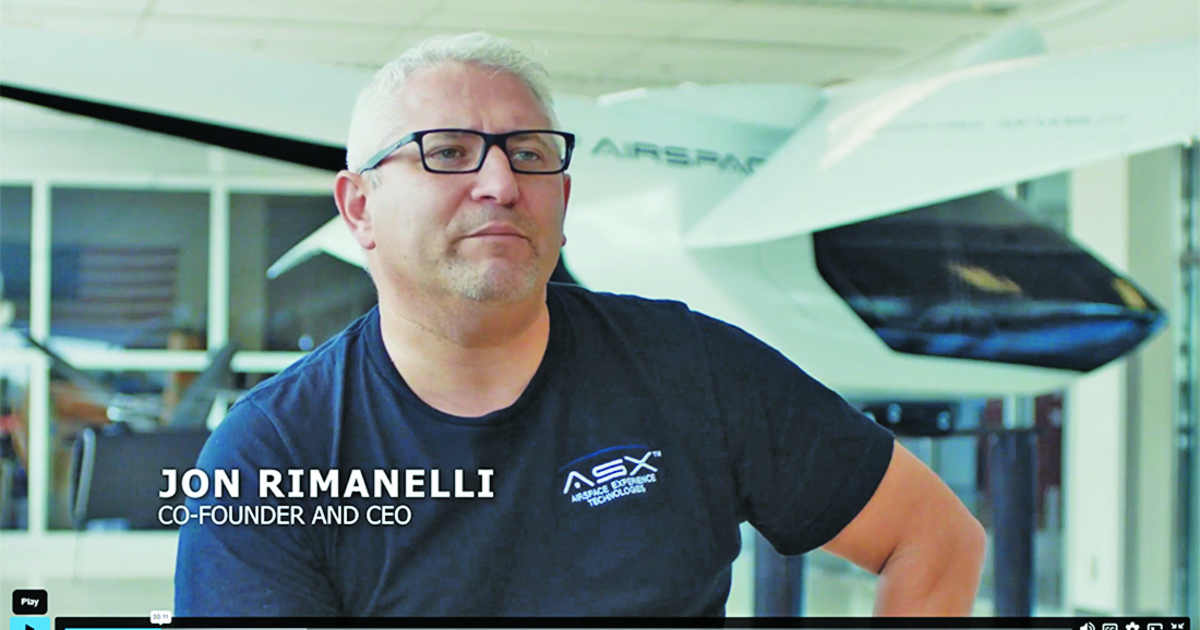
Housed in an old hangar at the historic Coleman A. Young Municipal Airport in Detroit is the Sigma-6, a sleek $5 million eVTOL aircraft that represents the future of aviation.
But the electric vertical take-off and landing machine is running out of runway.
Airspace Experience Technologies, the startup behind the aircraft, has burned through nearly all of its cash, founder Jon Rimanelli said. And it seems there’s little appetite from investors or economic development officials to continue backing the project — at least in Michigan.
Rimanelli said he has been looking around at sites outside of the state to potentially move his startup, and he even considered trying to sell it. Last month, he visited Wichita, Kan., where he said economic development officials rolled out the red carpet for him. He said he’s not received the same treatment in Michigan.
“How are we going to survive if we can’t raise money in this town?” Rimanelli said. “I’m open to selling it because we can’t grow it here. I’ve been fishing in this pond for 10 years.”
Now, as the city and state work to lure Toyota-backed Joby Aviation and a potential $500 million manufacturing plant to the airport, Rimanelli fears being forgotten. But the overall lack of traction for eVTOL vehicles — or flying cars, for short — in recent years may be what underlies Rimanelli’s frustration.
Five years ago, the entrepreneur predicted that his first iteration of a flying car would be shuttling passengers to and from Detroit Metropolitan Airport by 2023. Needless to say, that is still a long way from reality.
Rimanelli’s optimism matched the overall spirits of the mobility tech industry at that time, though. Five years ago, many expected driverless cars to be widespread by now, too. On the contrary, automakers have largely put full Level 5 autonomy on the backburner in order to focus on electrification and more practical advancements in driverless features.